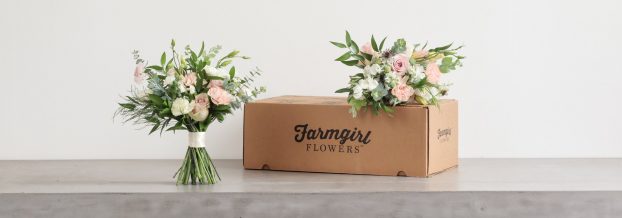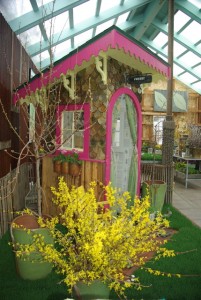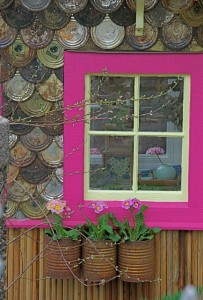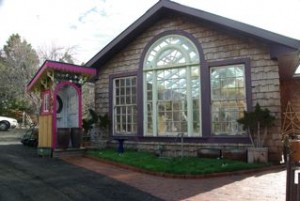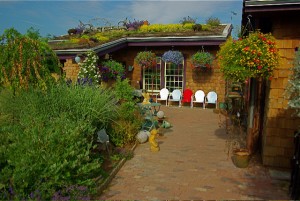Podcast: Play in new window | Download
Subscribe: Apple Podcasts | Podcast Index | RSS | More
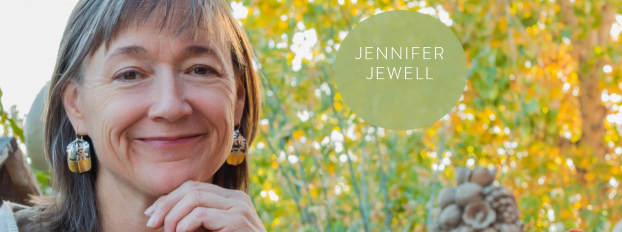
I’m delighted to welcome back return guest Jennifer Jewell to the Slow Flowers Podcast for our lovely, wide-ranging conversation about what defines a garden, where those gardens are, who are the gardeners who tend to them and how we are both emerging from 2020 with a much clearer understanding of the roles women play in making the earth a better, safer, more inclusive and accessible place for all.
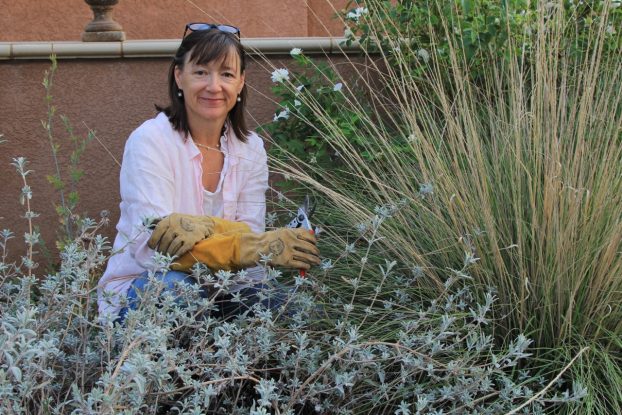
Here’s a bit more about Jennifer:
She is a gardener, garden writer, and gardening educator and advocate. She is the host of the national award-winning, weekly public radio program and podcast Cultivating Place: Conversations on Natural History & the Human Impulse to Garden.
Jennifer is particularly interested in the intersections between gardens, the native plant environments around them, and human culture. Her work has appeared in Gardens Illustrated and House & Garden, among others. She formerly served as the native plant garden curator for the Gateway Science Museum at California State University at Chico.
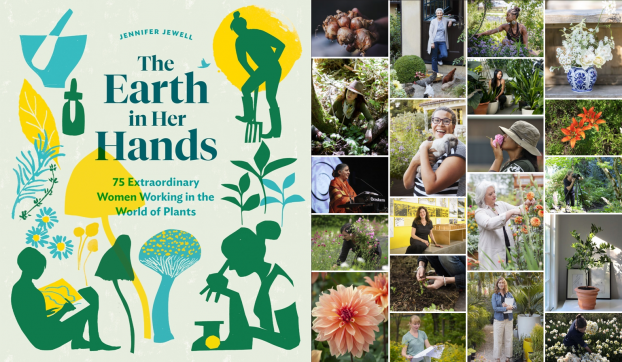
Her book, The Earth in Her Hands, 75 Extraordinary Women Working in the World of Plants was published in 2020.
A selection of my favorites from Jennifer’s newest book, Under Western Skies:
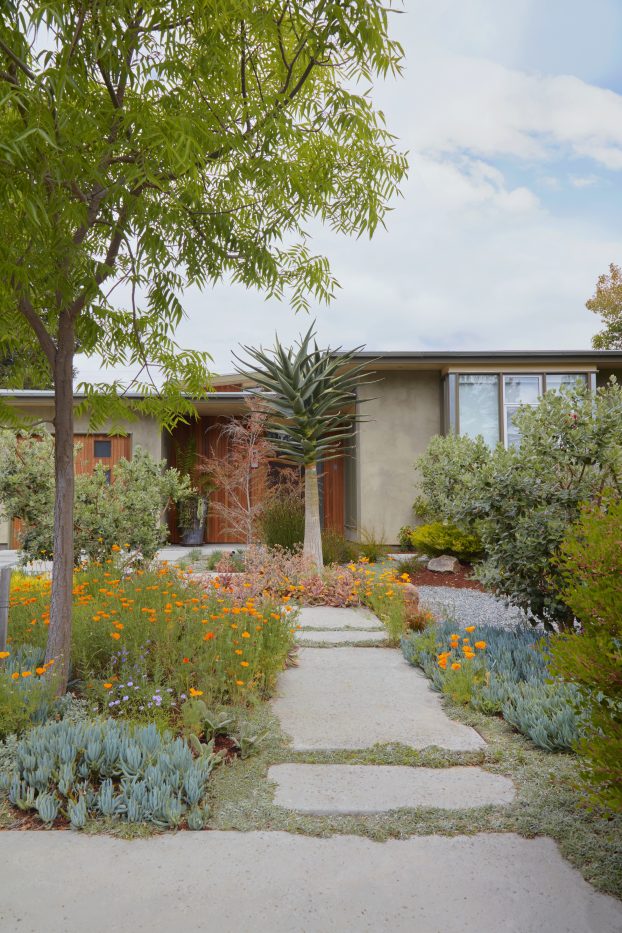
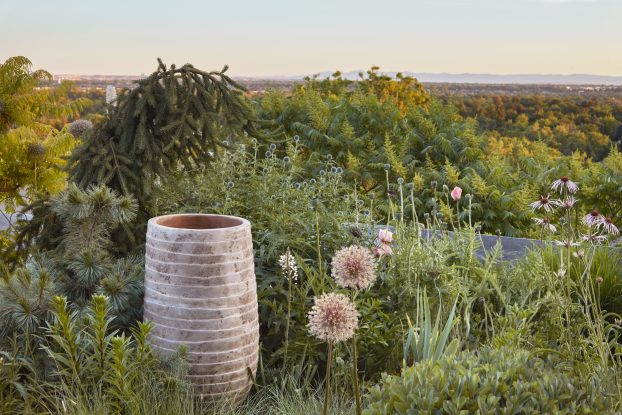
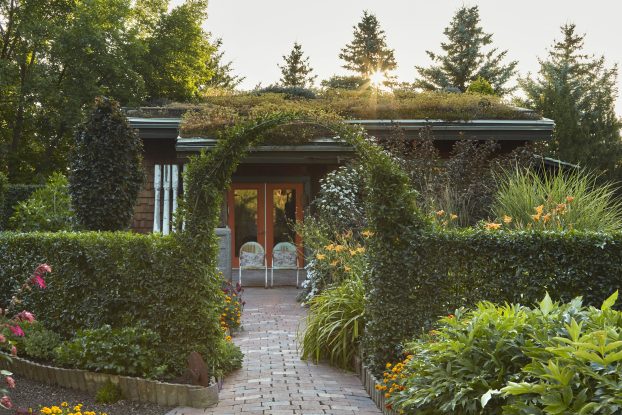
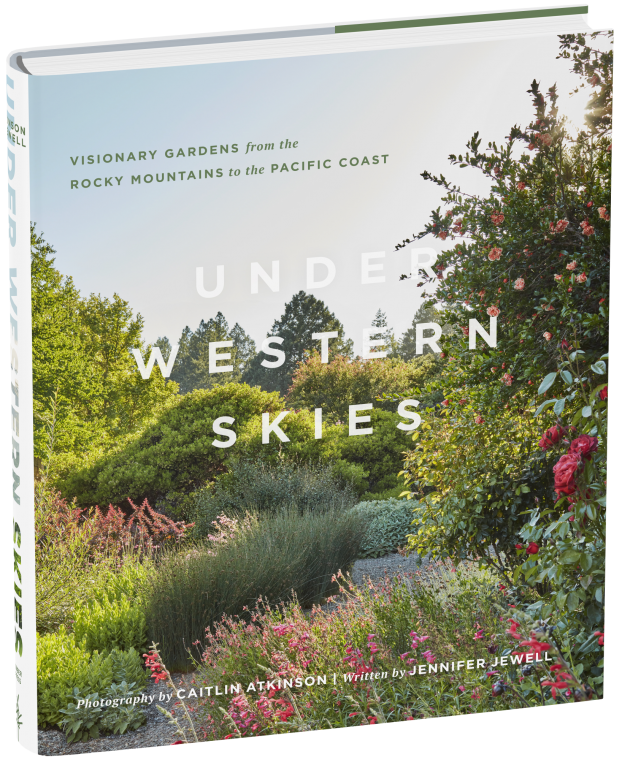
Jennifer’s newest book (produced with photographer Caitlin Atkinson) is Under Western Skies: Visionary Gardens from the Rocky Mountains to the Pacific Coast, available from Timber Press next week.
Subscribe to Cultivating Place here
Find and follow Jennifer Jewell at these social places:
Cultivating Place on Facebook and Instagram
Listen to our past episodes featuring Jennifer Jewell:
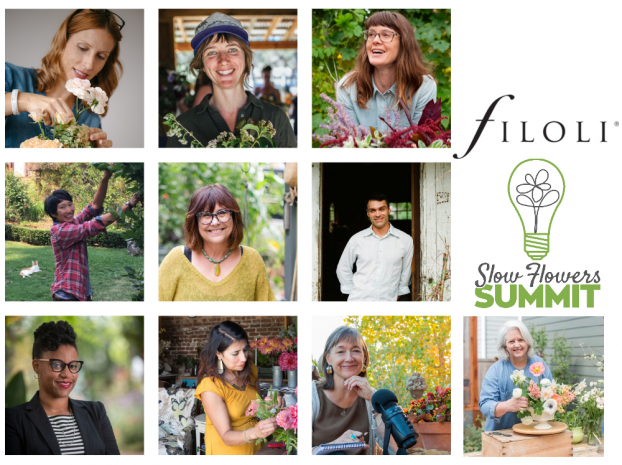
And there is still time to register for the Slow Flowers Summit to join me, Jennifer Jewell, and a fabulous lineup of designers, floral artists, sustainable growers, writers, thinkers and doers, and kindred spirits in the progressive floral community. The Summit takes place June 28-30 in the SF Bay Area and we will have an all-open-air conference with covid-compliant precautions in place. Hope to see you there!
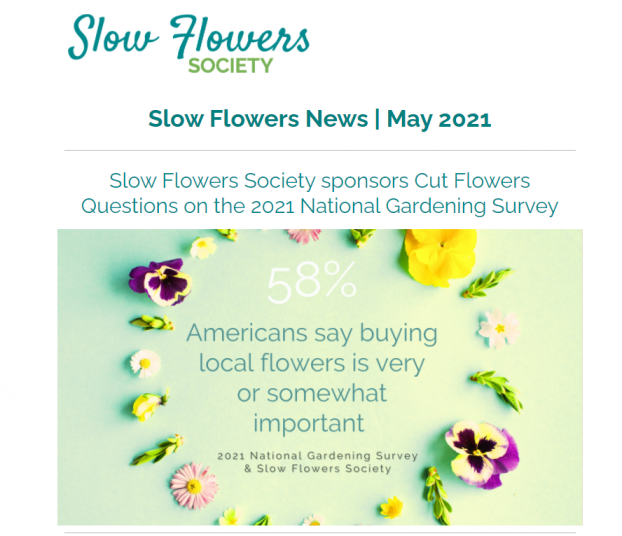
The May Slow Flowers Newsletter just dropped this week and if you haven’t found it in your in-box, here is the link. Two highlights include a link to our full report on the Cut Flower questions that Slow Flowers underwrote as part of the 2021 National Gardening Survey — as you may recall, we featured this study recently in Episode 502.
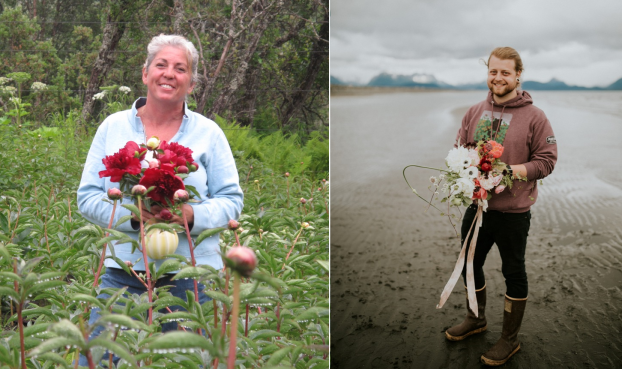
And you can find a preview and more details about our MAY Slow Flowers Member “Virtual” Meet-Up — Meet two Slow Flowers members from Alaska’s peony country! Grower Beth Van Sandt of Scenic Place Peonies and designer Brandon Scott McLean of East Hill Floral will share their knowledge and talents — and introduce us to the upcoming Alaska peony season. Beth and Brandon will come to us LIVE from the greenhouse at East Hill Floral. Learn about the selection, cultivation and post-harvest “best practices” for peonies from Beth. Watch an inspired floral design demonstration from Brandon!
*New date (this month only) Friday, May 21st – 9 am Pacific/Noon Eastern
Thank you to our Sponsors!
This podcast is brought to you by Slowflowers.com, the free, online directory to more than 880 florists, shops, and studios who design with local, seasonal and sustainable flowers and to the farms that grow those blooms. It’s the conscious choice for buying and sending flowers.
And thank you to our lead sponsor for 2021, Farmgirl Flowers. Farmgirl Flowers delivers iconic burlap-wrapped bouquets and lush, abundant arrangements to customers across the U.S., supporting more than 20 U.S. flower farms by purchasing more than $9 million dollars of U.S.-grown fresh and seasonal flowers and foliage annually, and providing competitive salaries and benefits to 240 team members based in Watsonville, California and Miami, Florida. Discover more at farmgirlflowers.com.


For each Podcast episode this year, we thank three of our Major Sponsors.
Rooted Farmers. Rooted Farmers works exclusively with local growers to put the highest-quality specialty cut flowers in floral customers’ hands. When you partner with Rooted Farmers, you are investing in your community, and you can expect a commitment to excellence in return. Learn more at RootedFarmers.com.
Association of Specialty Cut Flower Growers. Formed in 1988, ASCFG was created to educate, unite, and support commercial cut flower growers. It mission is to help growers produce high-quality floral material, and to foster and promote the local availability of that product. Learn more at ascfg.org.
The Gardener’s Workshop, which offers a full curriculum of online education for flower farmers and farmer-florists. Online education is more important this year than ever, and you’ll want to check out the course offerings at thegardenersworkshop.com.

Thanks so much for joining us today! The Slow Flowers Podcast has been downloaded more than 722,000 times by listeners like you. Thank you for listening, commenting and sharing – it means so much. As our movement gains more supporters and more passionate participants who believe in the importance of our domestic cut flower industry, the momentum is contagious. I know you feel it, too.
I value your support and invite you to show your thanks to support Slow Flowers’ ongoing advocacy, education and outreach activities. You can find the donate button in the column to the right.
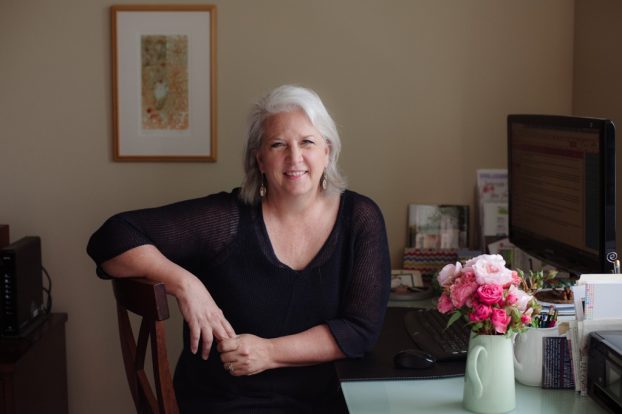
I’m Debra Prinzing, host and producer of the Slow Flowers Podcast. Next week, you’re invited to join me in putting more Slow Flowers on the table, one vase at a time. And If you like what you hear, please consider logging onto iTunes and posting a listener review.
The content and opinions expressed here are either mine alone or those of my guests alone, independent of any podcast sponsor or other person, company or organization.
The Slow Flowers Podcast is engineered and edited by Andrew Brenlan. Learn more about his work at soundbodymovement.com.
Music Credits:
Dance of Felt; Skyway; Turning on the Lights; Gaena
by Blue Dot Sessions
http://www.sessions.blue
Lovely by Tryad
http://tryad.bandcamp.com/album/instrumentals
http://creativecommons.org/licenses/by-sa/3.0/
In The Field
audionautix.com









